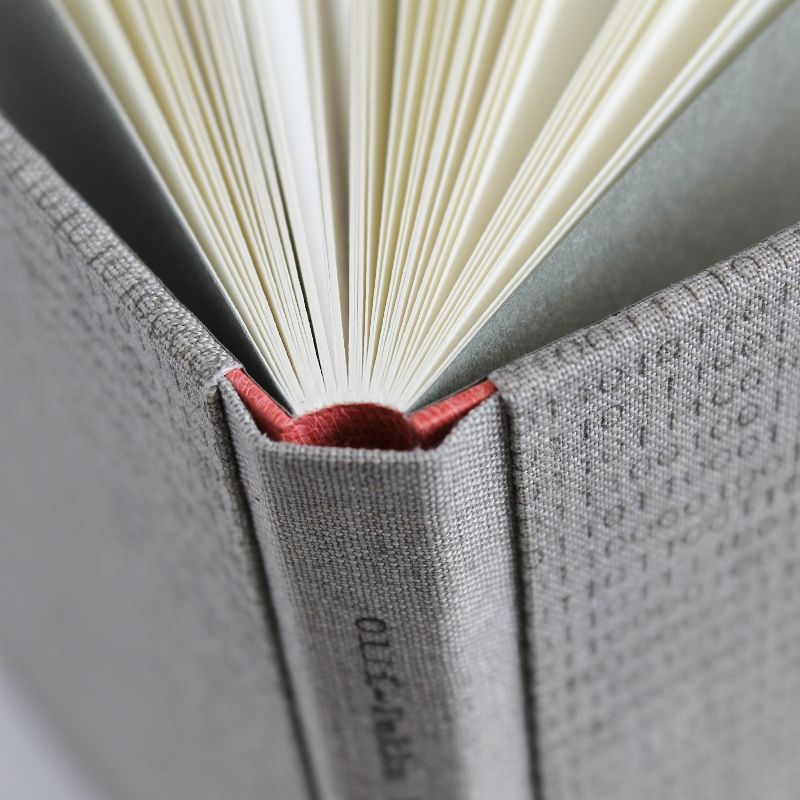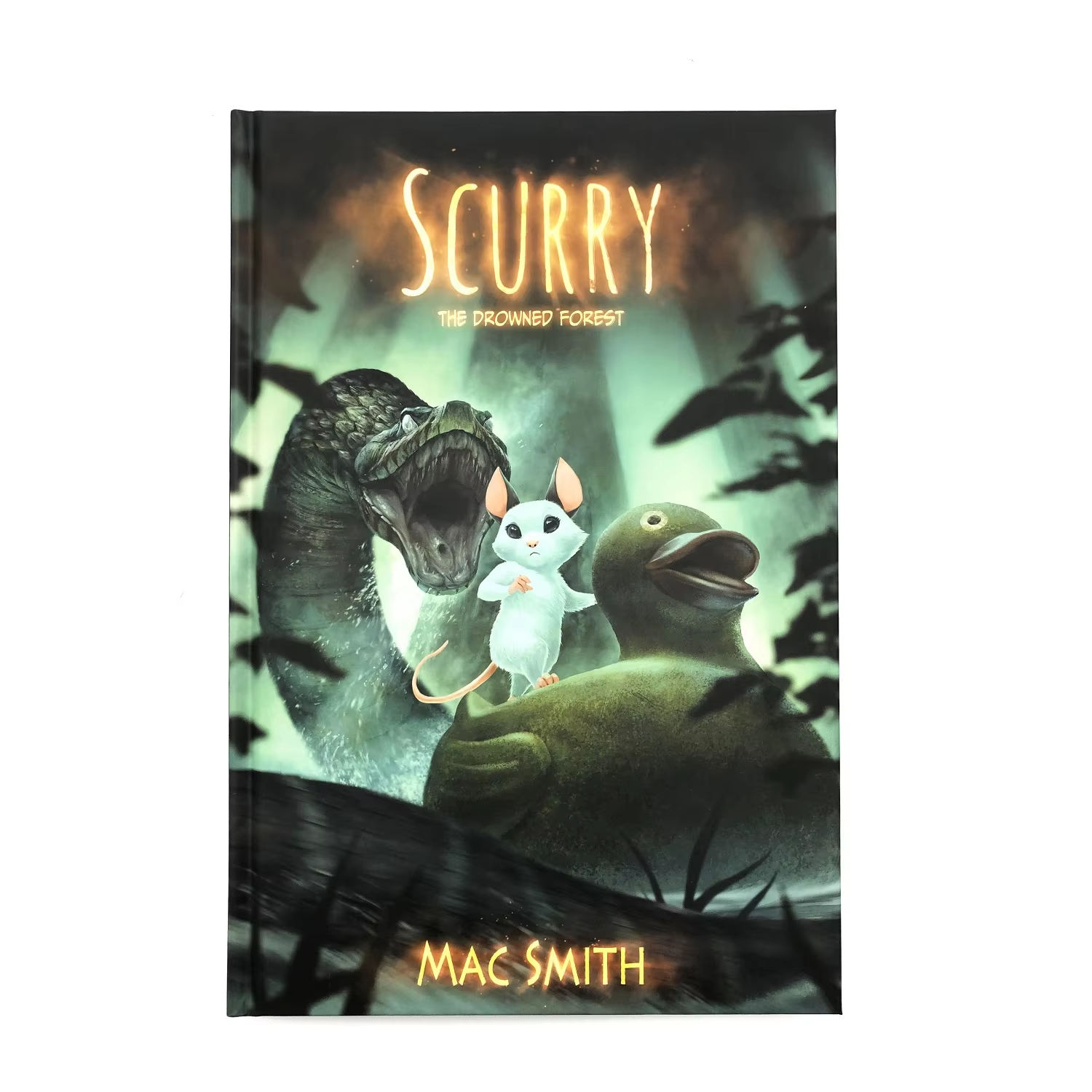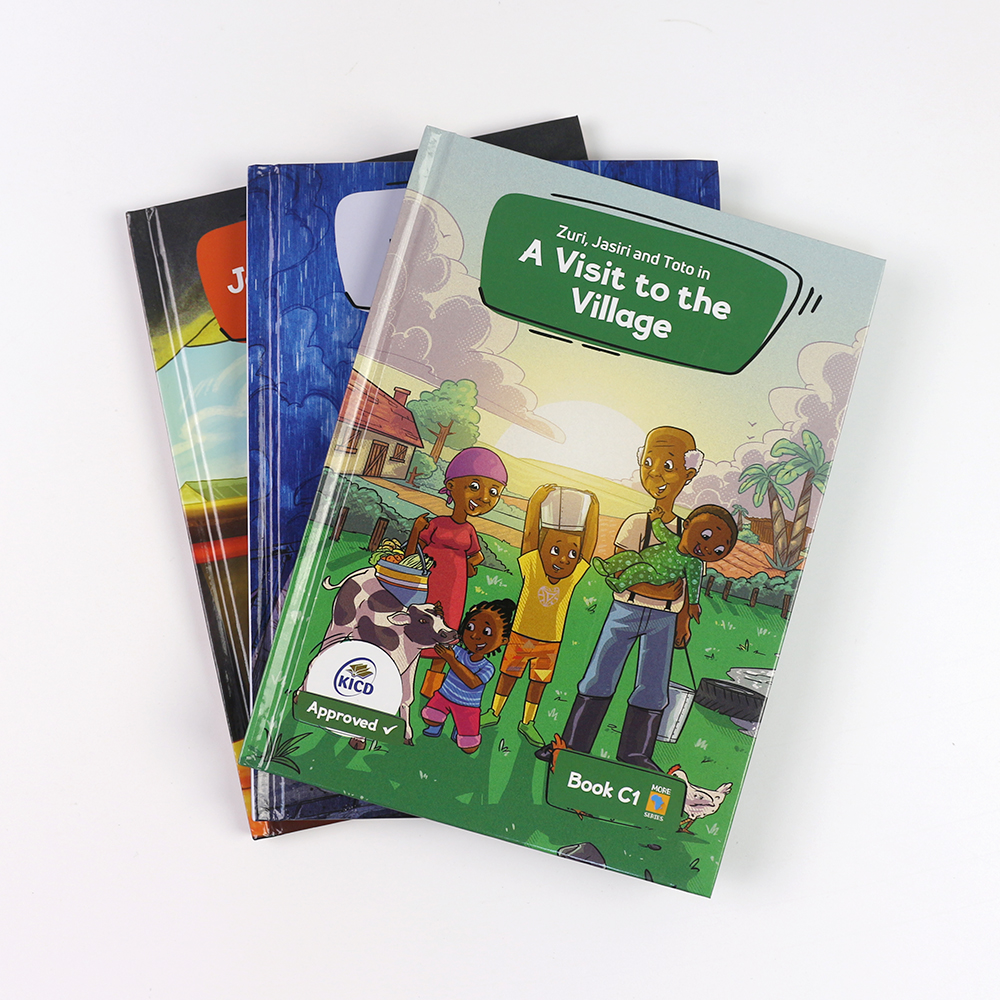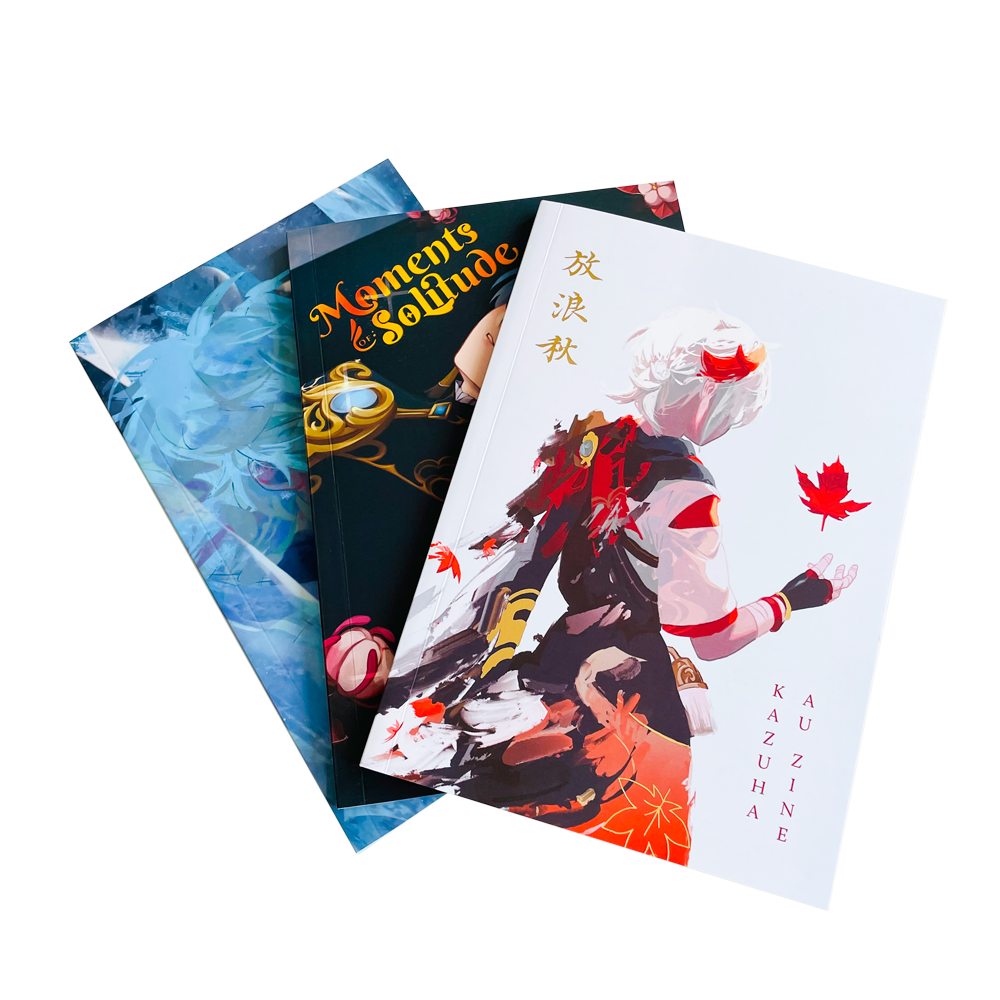¿Qué tipo de papel se utiliza para la impresión de libros?
When it comes to producing a book that captivates readers, it’s not just about the act of printing; it requires expertise in various facets of printing technology, paper selection, and binding methods. While anyone can print a book, only seasoned professionals know how to create a reading experience that feels truly magical. At Books Printing Factory, we specialize in custom book printing, and we’re here to share our insights on how to select the right paper and binding styles for your projects.
Tabla de contenido
Understanding Paper Types for Custom Book Printing
The choice of paper plays a crucial role in determining the overall look and feel of your printed book. Selecting the right paper can elevate the quality of your publication, and here are some common types used in custom book printing:
1. Coated Paper
- Gloss Art Paper: This type of paper has a shiny, reflective surface that enhances the vibrancy of colors, making it ideal for books that require a polished appearance.
- Matte Art Paper: With a non-reflective finish, matte art paper provides an elegant look while minimizing glare, perfect for text-heavy books.
2. Uncoated Paper
- Smooth Paper: Known for its crisp finish, smooth paper is suitable for novels and heavy textbooks where readability is essential.
- Textured Paper: This option is perfect for art books and projects that aim for a more rustic aesthetic, adding a tactile dimension to the reader’s experience.
- Offset Paper: Commonly used for black-and-white printing, offset paper is affordable and works well for text-heavy publications.
3. Specialty Paper
- Papel reciclado: Made from 60-100% recycled pulp, this environmentally friendly option appeals to eco-conscious readers and organizations.
- Photographic Paper: Designed for high-quality image reproduction, this paper is ideal for photo albums and visual-centric publications.
- Synthetic Paper: Known for its durability, synthetic paper is both water- and tear-resistant, making it suitable for outdoor use.
Factors to Consider When Selecting Paper for Book Printing
Choosing the appropriate paper type for custom book printing and binding requires careful consideration of several factors. Here’s a comprehensive list to guide you in making informed decisions:
1. Content and Genre
The content of your book significantly influences paper selection. For text-heavy materials, offset paper is a practical choice, while art books benefit from matte art paper to enhance graphics. Matching the paper with the genre ensures a seamless reading experience.
2. Budget Planning
Establishing a budget is crucial when selecting paper and binding options. It’s important to balance cost with quality, making decisions that fit your financial constraints without compromising the aesthetic and functional standards of your book.
3. Print Technology
Ensure that the paper you select is compatible with your chosen printing method. Factors such as ink absorption and drying time can impact the final print quality, so aligning your paper choice with the technology used will contribute to a smooth printing process.
4. Target Audience
Understanding your audience is key. Tailor your paper and binding choices to their preferences, considering factors like readability, visual appeal, and tactile experience. This approach will help make your book more engaging for readers.
5. Book Format and Size
The size and format of your book should dictate your paper choice in terms of both aesthetics and functionality. Ensure that the paper aligns with your design vision to achieve a cohesive and polished final product.
6. Binding Styles
Select a binding style that complements your book’s purpose and aesthetic. Options like saddle stitch are cost-effective, while perfect binding offers a sleek, professional look. Your choice should enhance the reader’s experience and align with your project goals.
7. Print Durability
Consider the intended use and environment of your book. Opting for durable paper will help the publication withstand wear and tear, ensuring longevity and a better experience for the reader.
8. Printing Quantity
Evaluate the quantity needed for your print run. Traditional offset printing is generally more cost-effective for larger runs, while print-on-demand services minimize excess inventory and provide flexibility for smaller quantities. Choose the approach that aligns with your distribution strategy.
9. Print Proofing
Always request print proofs to verify color accuracy and paper compatibility. Examining physical proofs ensures that your paper selection meets design expectations and delivers the desired impact before the final print run.
Why Choose Books Printing Factory for Your Custom Book Printing Needs?
At Books Printing Factory, we take pride in our extensive experience and commitment to quality in custom book printing. Here are several reasons why you should consider partnering with us:
1. High Level of Customization
With over 20 years in the industry, we are well-equipped to bring your vision to life. Our customization options are extensive, allowing you to tailor every aspect of your book for a unique final product.
2. Unique Design and Layout
Our services provide complete control over the design and layout of your book. You can choose fonts, colors, images, and formats, ensuring that the visual elements align perfectly with your creative vision.
3. Diverse Book Formats
We offer a range of cover options, from hardcovers to unique bindings, allowing you to select the best presentation for your book. Our flexibility ensures that your final product meets your specifications.
Conclusión
Selecting the right paper type is essential for effective book printing. Whether you prefer the elegance of matte art paper, the affordability of offset paper, or the vibrancy of glossy art paper, ensuring your choice aligns with your book’s goals and subject matter is crucial for a captivating release. At Books Printing Factory, we are dedicated to helping you make informed decisions that will enhance your book’s appeal.
Preguntas frecuentes
Q1. What types of books can I print at Books Printing Factory?
We cater to a wide variety of book types, including novels, art books, cookbooks, educational materials, and more. Our extensive range of customization options allows you to create a book that meets your specific needs.
Q2. How can I ensure my print quality is consistent?
To maintain consistent print quality, we recommend requesting print proofs before the final run. This allows you to evaluate color accuracy, paper choice, and overall design, ensuring your expectations are met.
Q3. Can you help me choose the best binding style for my book?
Absolutely! Our experienced team can provide guidance on selecting the most suitable binding style for your project based on its purpose, content, and design. We’re here to ensure that your book not only looks great but also meets the needs of your readers.
Ready to bring your book to life with precision and quality? Contact Books Printing Factory today to explore your options and start your journey towards a beautifully printed book!
Impresión de libros
Nuevos productos
Último blog

¿Cuánto cuesta hacer un fotolibro?
Crear un fotolibro es una forma ideal de conservar recuerdos, celebrar momentos importantes de la vida o incluso hacer un regalo único a alguien especial. Sin embargo, muchas personas se preguntan: “¿Cuánto cuesta hacer un fotolibro?”. El costo de crear un fotolibro de alta calidad puede variar significativamente según varios factores.
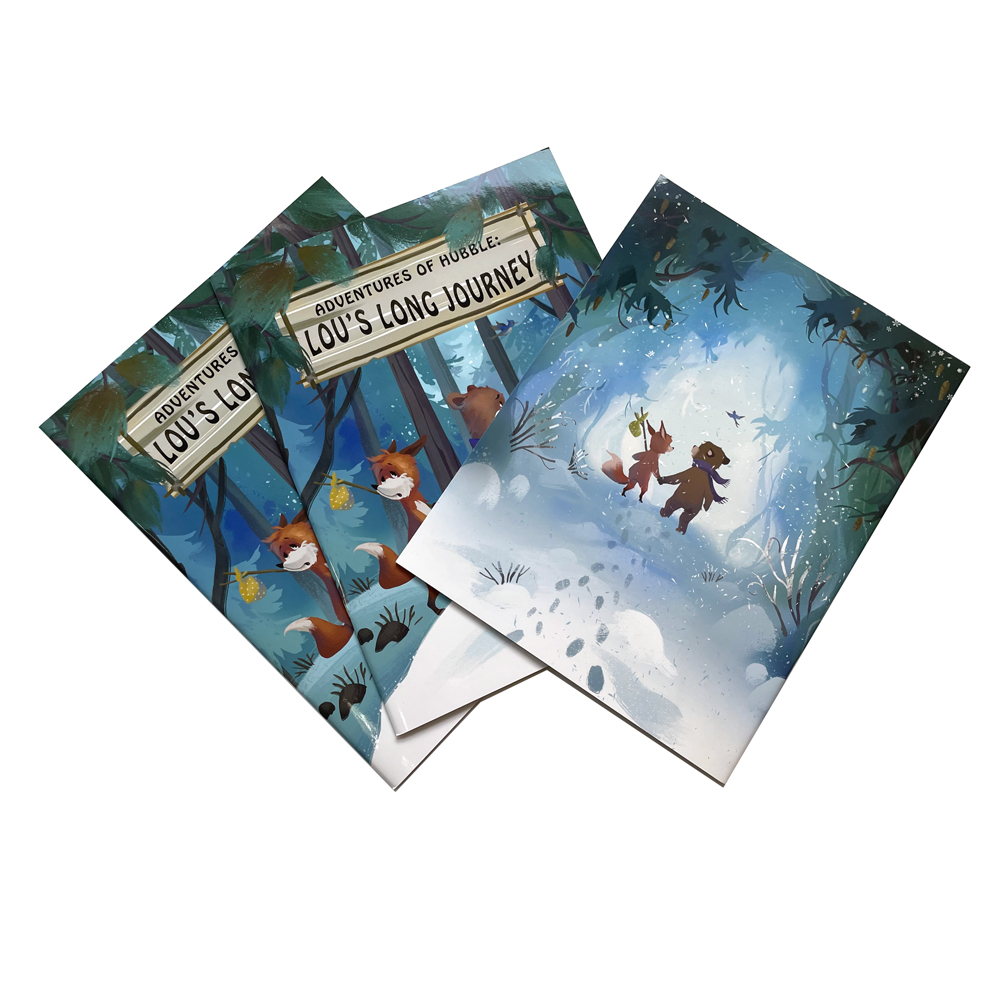
¿Por qué la mayoría de los libros se imprimen en China?
En la economía globalizada actual, la impresión de libros ha encontrado cada vez más una solución rentable y de calidad en China.
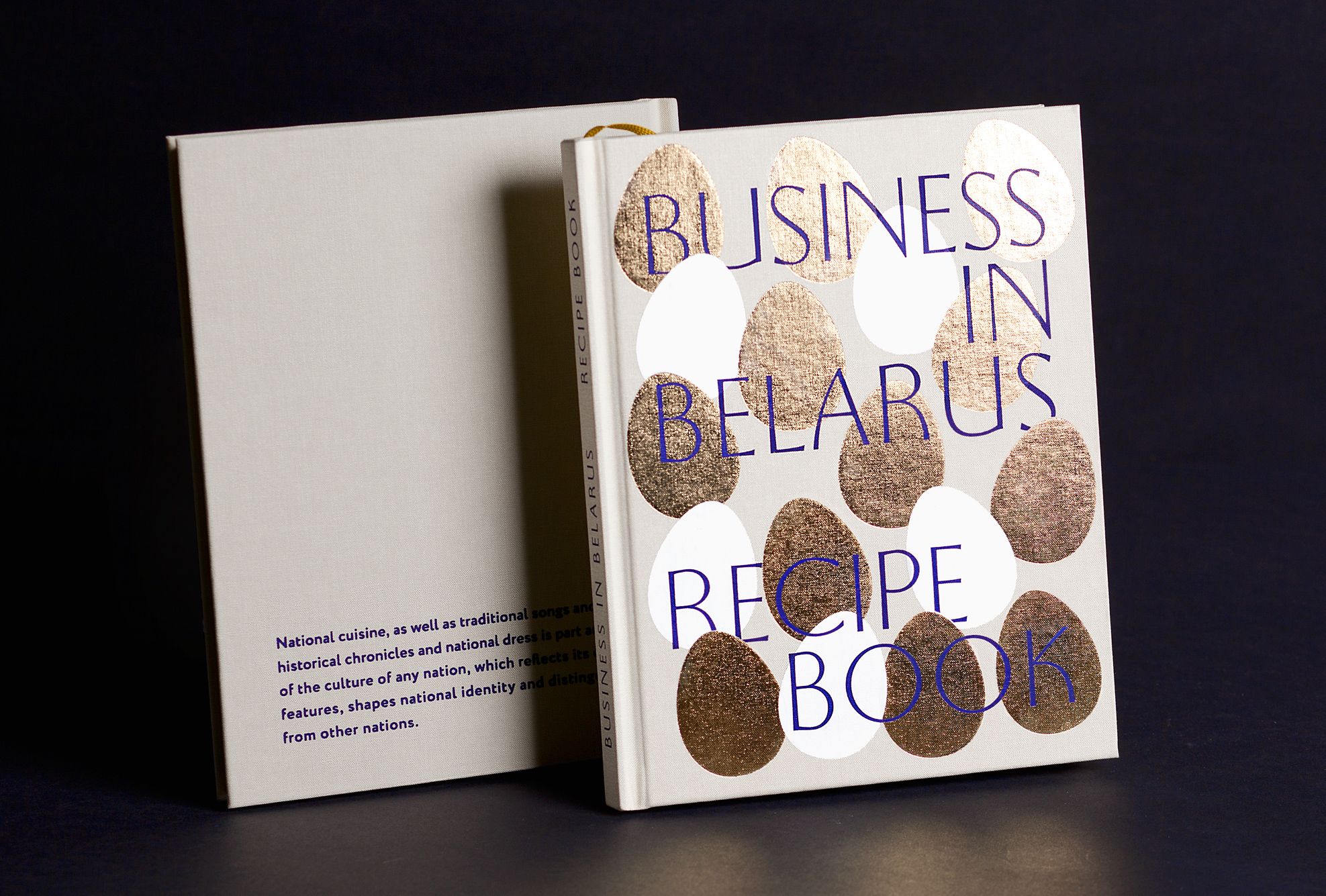
Cómo elegir la mejor fábrica de impresión de libros personalizados en China
En la era digital actual, la cantidad de servicios de impresión de libros personalizados ha crecido exponencialmente y cada uno ofrece una amplia gama de opciones para satisfacer diversas necesidades. Ya sea que esté buscando imprimir un libro personal,

¿Para qué se utiliza la encuadernación cosida a caballo?
Si se está adentrando en la autoedición, una de sus principales preocupaciones será encontrar opciones económicas para la impresión de libros.
Contáctenos
- +86 13946584521
- info@booksprinting.net
- 8:00 - 22:00 (lunes a domingo)
Comentarios
Blog relacionado
Encuentre las últimas tendencias y conocimientos comunes en el negocio de la impresión de libros.
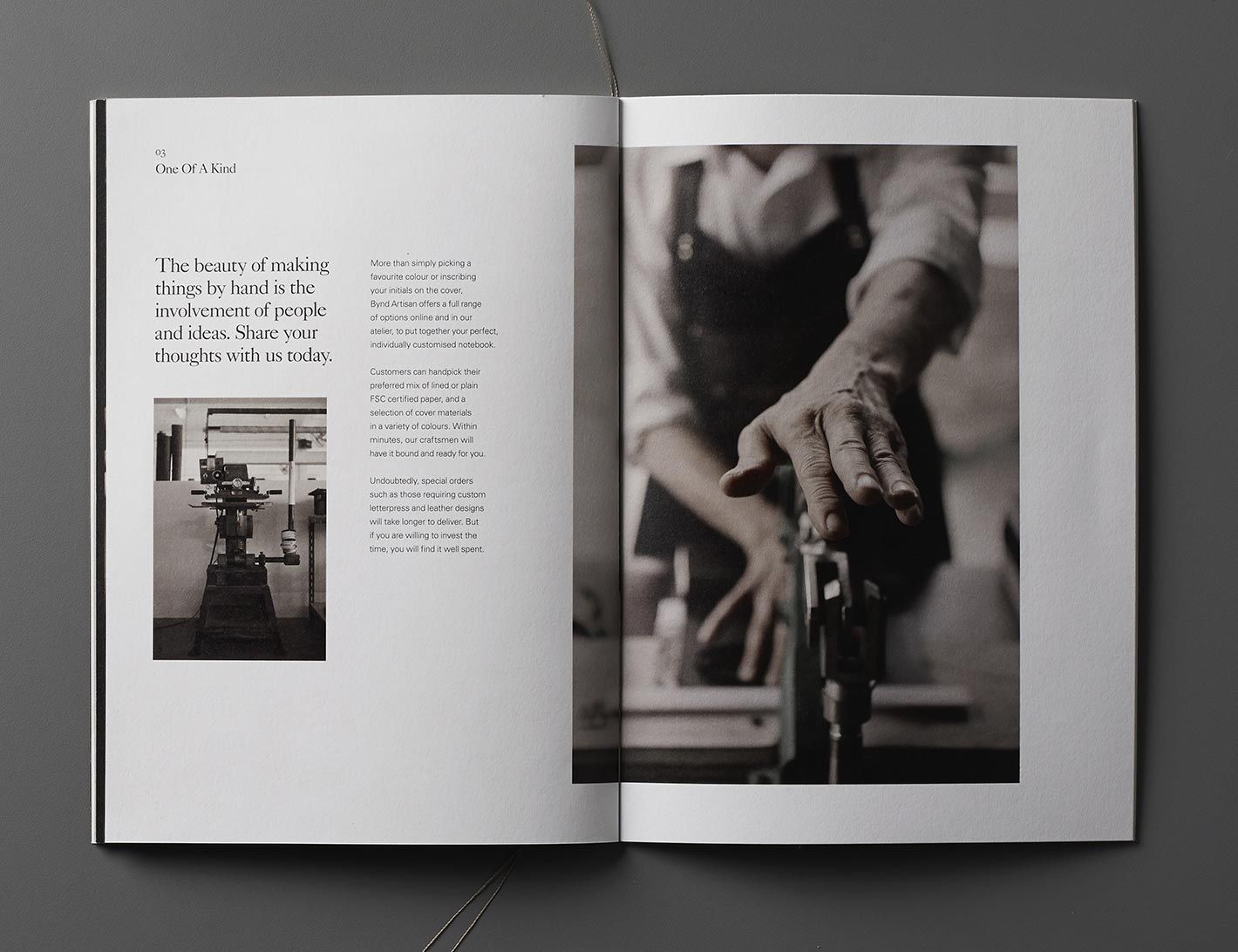
¿Por qué deberíamos elegir la impresión de libros en China?
Con la creciente demanda de impresiones de alta calidad pero asequibles, muchos editores, autores y empresas están optando por imprimir libros en China.
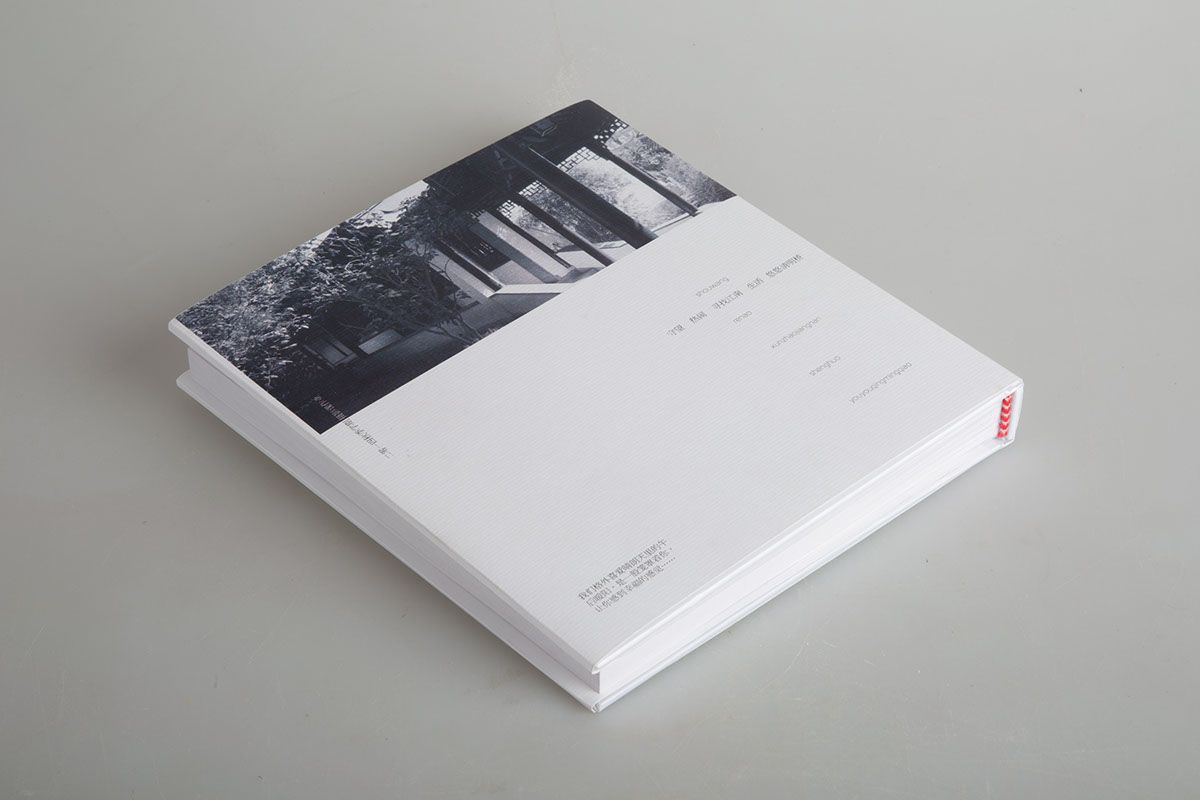
¿Cuánto cuesta la impresión de libros para la mesa de café?
Los libros de mesa de café son más que simples piezas decorativas; son expresiones artísticas que muestran fotografías, arte e historias personales.

¿Cuánto cuesta imprimir un libro?
La autopublicación se ha convertido cada vez más en una opción ideal para escritores y creadores de contenido que buscan mantener el control sobre su trabajo desde la creación hasta las ventas. A diferencia de la publicación tradicional,

¿Cuál es la forma más barata de hacer un libro?
Si se está adentrando en la autoedición, una de sus principales preocupaciones será encontrar opciones económicas para la impresión de libros.

